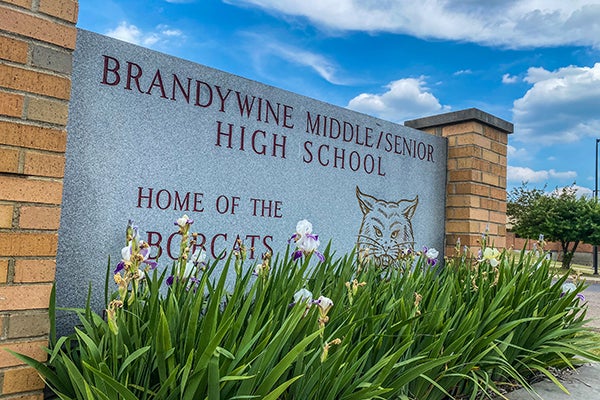Easements secured for Dowagiac River project
Published 8:34 am Wednesday, October 16, 2019
NILES — The Dowagiac River moved one step closer to being freed of its Pucker Street Dam Monday evening at a Niles City Council meeting at the Niles Fire Department Complex, 1345 E. Main St.
The council unanimously approved the final easement and landowner agreement to complete the removal of the Pucker Street Dam and to help the river adjust to the change.
Councilmembers Georgia Boggs and Charlie McAfee were absent.
More than 13 acres — 573,405 feet — was secured from Tobye and Dallas Merrill, who signed documents in early September. Their property could be used to store dredged materials, to help in potentially difficult restoration activities and to be used as part of an access road.
Other landowners may receive compensation for their property’s proximity to work structures, for construction and for transition area difficulties.
If something on a property, such as a crop, is damaged or partially removed for project completion, some landowners may be compensated by Niles’ utilities department.
The council’s approval comes after contracted workers of Millbocker & Sons, based in Allegan, Michigan, recently removed the dam’s powerhouse and hazardous materials inside.
Next, aside for some better security fence set-up, workers will prepare to construct access roads from the dam up to 1,400 feet upstream from it, said Marcy Hamilton, deputy executive director and senior planner for Southwest Michigan Planning Commission.
“Later this year, they’ll start building those access roads and cutting down some of the trees that they need to along the river upstream,” she said.
Workers will use the properties they obtained easements and agreements from to remove sediment and to reconstruct parts of the riverbank. This will be done to help the Dowagiac River as it obtains new intensities of flow and water heights once the dam is removed, Hamilton said.
According to partnering area groups such as the city of Niles, the planning commission and the Pokagon Band of Potawatomi Indians, the dam’s removal will lead to improved ecologies, larger native species populations, faster-moving water, a stronger watershed and new wetlands along the cold water river.
Removal of the dam and other work in the Dowagiac River will not begin until either the first day of April or May 2020, Hamilton said. According to Michigan Department of Natural Resources rules, work cannot begin until trout spawning season ends.
The project is expected to cost about $8 million. The city of Niles is at its financial helm.
People can set up for email and text updates about the dam project at nilesmi.org/puckerstdam.
Other action at Monday’s city council meeting included the following.
•. Unanimous approvals to approve labor agreements with nonunion city workers and United Steelworkers members employed through the city. Workers will see a two-percent increase in wages largely across the board.
• A unanimous council approval to enter into an agreement with Fleis & VandenBrink, of Grand Rapids, Michigan, to administer and implement the Michigan Wellhead Protection Grant Program at the cost of $3,675.
According to city staff, the city has been participating in the program, which helps the safe delivery of drinking water, since 2014.
• A conversation about what is and is not a noxious weed.
The topic was mentioned during public comment by Niles resident Ryan Fellows. He said that Niles’ noxious weed ordinance, adopted years ago, had vague wordage that prevented some non-invasive species of plants from being grown. The ordinance put the emphasis on planet genera (plural for genus) rather than specifying species.
“If you take it literally, there’s a lot of things in there — a lot of cruciferous vegetables, like broccoli, cauliflower, kale — that are considered bad to the city,” he said. “I’d like you guys to take a look at that.”
Fellows noted that law enforcement would likely not fine a person for having these plants, but he said after the meeting that it was right to have a law reflect enforcement.
During councilmember reports, councilmember Gretchen Bertschy said it was important to also consider which plants are invasive if any amendments to the noxious weed ordinance were to be completed.
She also noted that she saw numerous Chinese yams in city limits, which is considered an invasive species in the U.S.
“It is in many, many places, and it has taken over alleys, fences, properties all over Niles,” she said. “I’ve seen it in all four wards.”
Niles City Council will meet at 6 p.m. Monday, Oct. 28 at the fire department complex.







